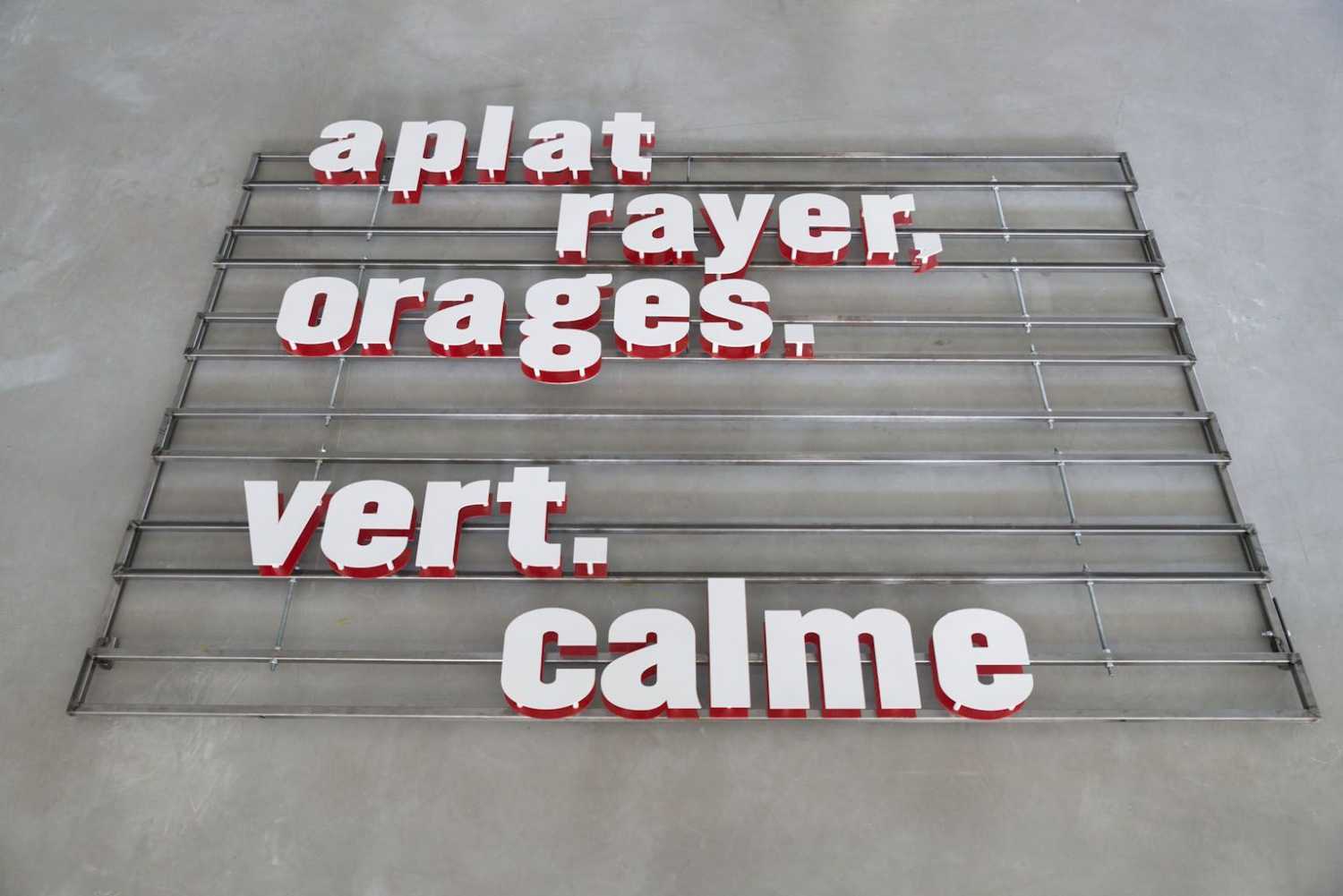Year 4 and 5
The Project phase

Year 4
Year 4 is when the artistic project begins to emerge. This project will be fully developed in year 5 when the student sits the DNSEP and submits a research dissertation. The teaching consists of a compulsory core: theory of the arts and design, the latest developments in art and design, a methodology seminar, a writing, language and talking workshop, and a more specific block dedicated to the major and minor subjects chosen. If students have passed all the assessments, they receive the CESAP (Higher certificate in plastic arts) awarded by the School and approved by the Ministry of Culture and Communication.
Year 5
In the 1st semester, students finalise and write up their research dissertation, defining more precisely the areas they have explored in their research in Year 4 for their diploma project. The students combine theory and practice in the work they produce. The teaching staff provide support and facilitate the students' research work in the form of the monitoring of an individual project and the organisation of collective seminars. Students who have earned enough credits are authorised to sit the DNSEP.
Placements and mobility
In the first semester of Year 4 (semester 7), students have the possibility either of spending a semester in a partner institution abroad on a student mobility programme or going on a placement in a professional environment, in France or abroad.
Mobility
Students are strongly encouraged to spend some time on a course in a partner institution abroad. Aware that a European and an international dimension are an essential requirement for an art school, since 1990 the Esadse has been developing a strategy of international cooperation through a number of different actions: exchanges of exhibitions, artists, lecturers and students.
Students can spend a study period in one of the Esadse's partner schools or universities. To encourage international mobility, a network of 69 partner schools has been built up around the world (35 in Europe and 26 outside Europe). Three types of grants are available to students in certain conditions, and they may be awarded more than one of them: Erasmus+, Région Rhône-Alpes (Explo'Ra Sup), and OFAJ (for trips to Germany).
Placement
Professional placements are intended to enable students to confront their research and personal experience with different sectors of professional activity in order to facilitate their entry into the world of work later. Placements are thus a part of the School's strategy for ensuring its students are employable after their studies. These placements may be with institutions (museum, art centres, companies, ...) or they may be more specific (artists, designers, authors,...).
Placements are subject to a written contract with the host organisation and students will produce a report to earn credits. The placement in the project phase (year 4) takes place in the 1st semester (semester 7). It can be in France or abroad. Such placements are intended to give students genuine professional experience.
Votre navigateur est obsolète, l’affichage des contenus n’est pas garanti.
Veuillez effectuer une mise à jour.